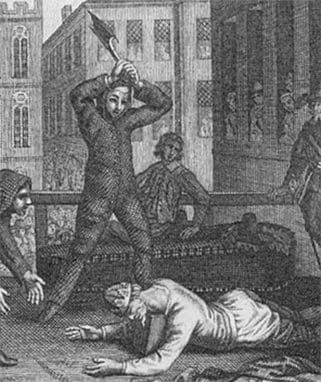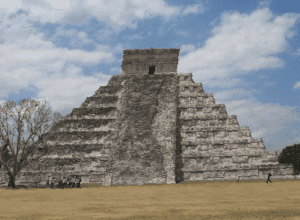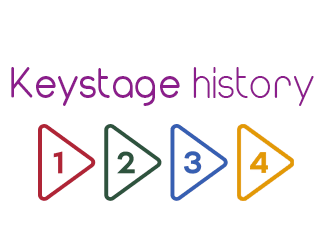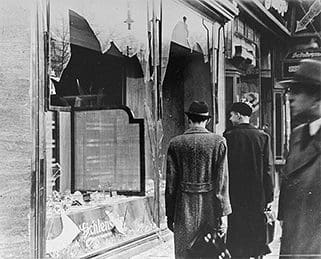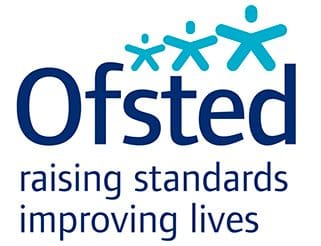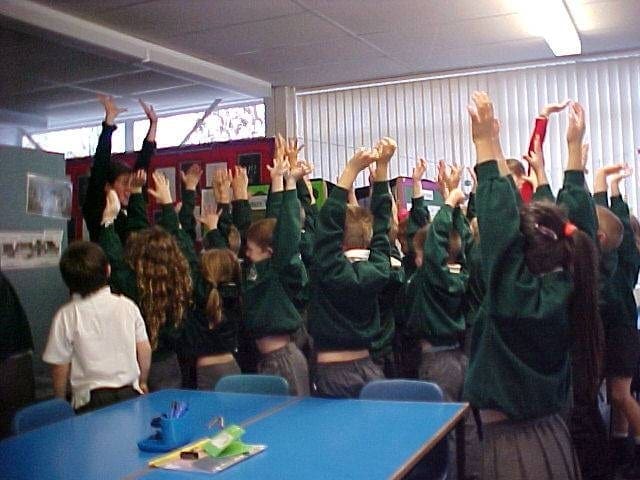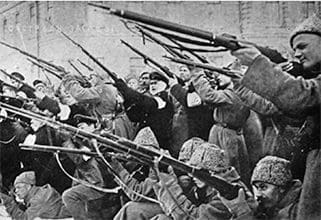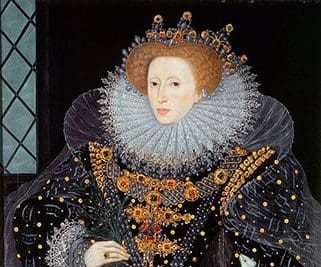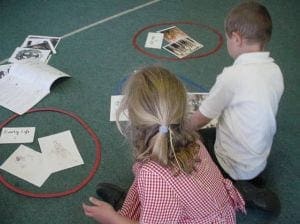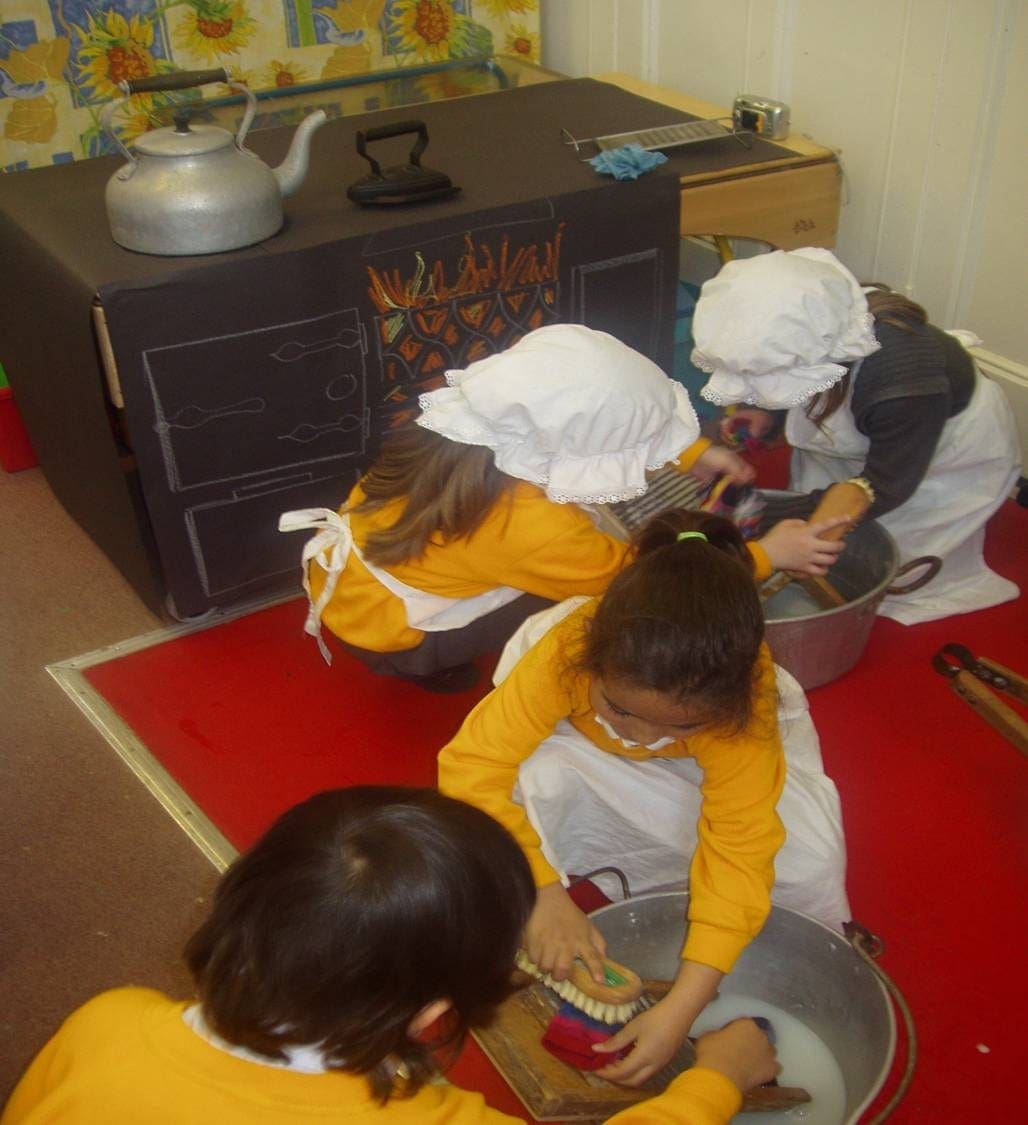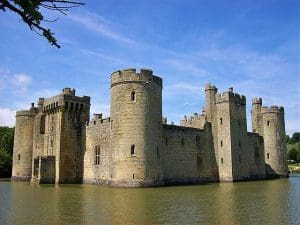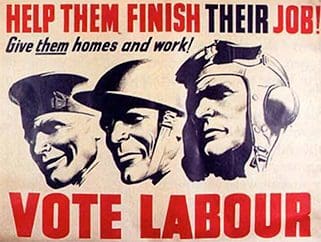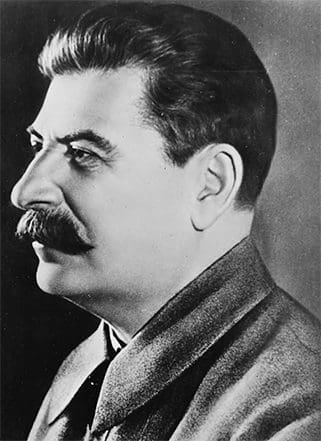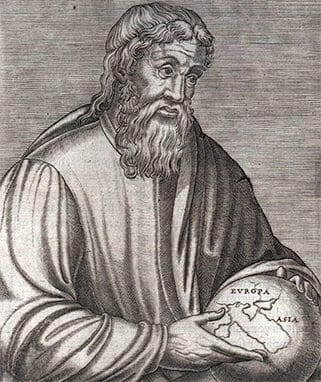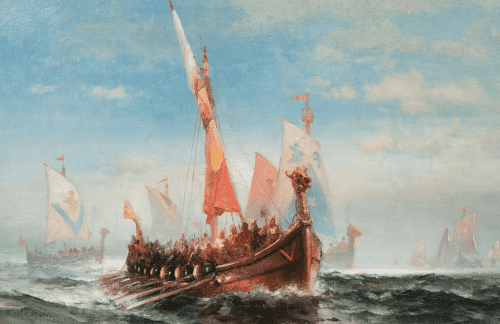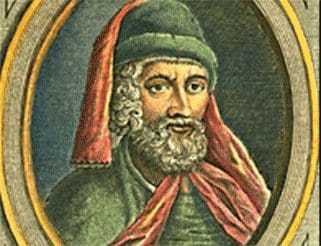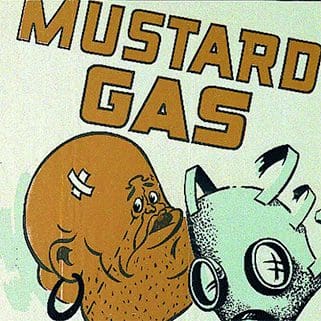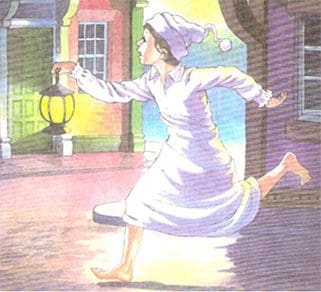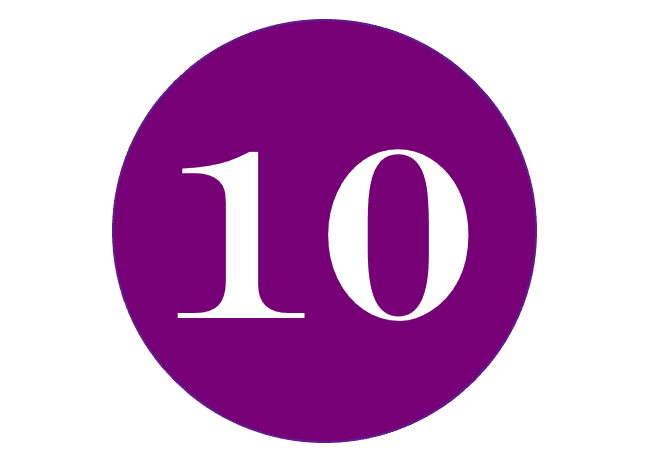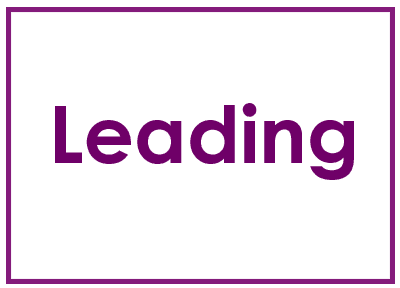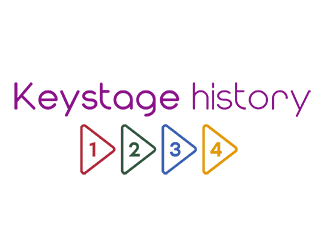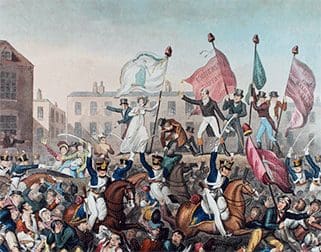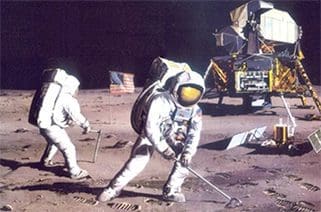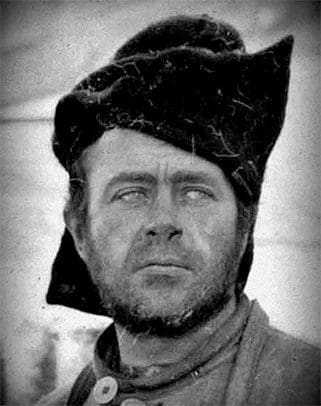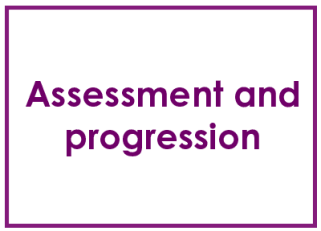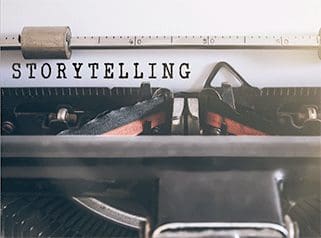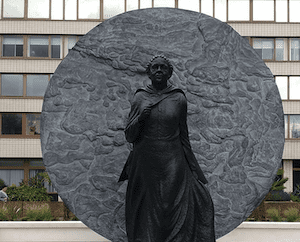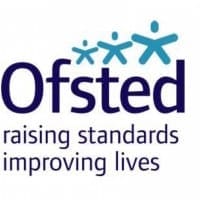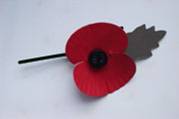Keystage history
Are you up-to-date with your teaching of the trial and execution of Charles I?
Sean Kelsey has recently published his research in a paper from the Institute of Historical Research which you can read…
Read MoreHow to engage your KS2 boys with the Maya using football
Football is a religion. As early as 1000 year ago the ancient Mayan ball game drew huge crowds, not just…
Read MoreHow to close the attainment gap in history at KS3 and 4
Kate Smee,Director of Humanities, Fairfield High School, Bristol recently gave a couple of examples of what works for her on…
Read MoreWidespread ignorance of the Holocaust still shocks
Five per cent of UK adults do not believe the Holocaust took place and one in 12 believes its scale…
Read MoreOFSTED’s sensible approach to progression
OFSTED’s 2019 draft Framework for Inspection is full of very welcome comments about the central importance of having a high-quality…
Read MoreGunpowder Plot Smart Task: Dear producer
Over the last few sessions, the children have become familiar with the story of the Gunpowder Plot using a range…
Read MoreSo when did the Russian Revolution really end?
This article from Miriam Dobson’s at Sheffield University give us a variety of answers. Rex Wade writes: ‘The dispersal of…
Read MoreDon’t over-complicate your teaching
OFSTED recently published this exemplification of successful history teaching in one school using the new EIF 2019 Framework criteria. Teachers…
Read MoreElizabeth I: awful weather
As reported in The Times, yesterday marked the Coronation of Elizabeth I, 460 years ago. It was cold and wet…
Read More‘Fitness for purpose’ teaching and learning strategies in KS1 history
Throughout the site there are lots of examples of imaginative activities, for both teaching and learning. These need to be…
Read MoreIn Living Memory: Key Stage 1
Comparing pupils’ lives with the recent past not only enables pupils to handle more familiar sources and make direct comparisons…
Read MoreUsing role play area when teaching Castles at KS1
There are at least 6 ways you can help young children make sense of the past using your role play…
Read MoreDos and Don’t of concluding your history lesson
When the National Strategies were all the rage over a decade ago now, a lot of attention was paid in…
Read MoreWhat does good leadership of history look like at KS 1 and 2?
A recent report from a history HMI to a primary school reveals what they are looking for : One of…
Read MoreThe reasons why Labour won the General Election of 1945.
If Churchill’s popularity rating rarely dropped below 80% during the Second World War, why then was there a landslide victory…
Read MoreKristallnacht: Did the press allow itself to be taken in by Nazi propaganda?
This lesson starts by creating tension between what students have read in preparation for the lesson and a contemporary newspaper….
Read MoreLESSON IDEA: Why have there been so many different theories as to why Stalin carried out the Terror?
Varied and active lesson in which students: generate a list of relevant questions; prioritise their own reasons; role-play the arguments…
Read MoreUsing history puzzles to encourage deep cross-curricular thinking.
I would strongly urge you to consider throwing in a few of these from time to time. Here is a…
Read MoreKeeping up-to-date with your teaching of the Anglo-Saxons and Vikings at KS2- dealing with fake news
Subject knowledge is vital for any KS2 teacher. You can rely on this website to provide not only the background…
Read MoreTeaching Caxton and Bell at Key Stage 1
These two famous people are linked by the theme of communication; spreading the word. Tim Berners-Lee founder of the world…
Read MoreGCSE Medicine and World War One. How did a weapon of war ( mustard gas) lead to a blood cancer treatment?
Fascinating short article looking at war as a factor in medical advances. Those who suffered most from mustard gas attacks…
Read MoreComparing different nursery rhymes: Wee Willie Winkie
This fun lesson uses images and very simple text as well as artefacts. It provides an essential grounding in an…
Read MoreIn many schools primary history curriculum found wanting by OFSTED
Seven of the 33 primaries schools visited by the inspectorate under phase 3 of its curriculum study, published today, had…
Read MoreOFSTED rails against gimmicks rather than getting basics right
The chief inspector of schools at OFSTED has warned against resting hopes on the latest educational gimmicks and urged us…
Read MoreTop 10 Command words when planning your primary history activities
As well as listing and describing, what other forms of command words can we use to make sure that pupils’…
Read MoreNew find reveals Roman relationship with the Celts
Yesterday the BBC ran this interesting article on an important find at Vindolanda Roman fort on Hadrian’s Wall which challenges…
Read MoreHow can I raise standards in learning in history in my primary school? Doing the right things.
One of the hardest jobs for a history subject leader in primary schools is to build up a clear idea…
Read More7 ways to ensure that your history curriculm is 2019-ready
There has been a lot of coverage recently of OFSTED’s intention to focus more on the quality , range and…
Read MoreSo, are we getting the emphasis right in our teaching of the Peterloo massacre at KS3?
The Peterloo massacre is one of the best-documented events in British history and now the subject of Mike Leigh’s recent…
Read MoreMoon Landing story book to use with Year 2
Those of you teaching Man’s First Moonlanding at KS1 but like to know that there is a cute fiction title…
Read MoreScott of the Antarctic – KQ6 – How should Scott be remembered today?
Exciting finale to the topic sees pupils analysing different ways in which Scott has been commemorated in the past, coming…
Read MoreGetting the level of difficulty of your history work just right.
We all know that pupils’ minds wander. Some brave researchers claim that this happens, on average, as much as 50%…
Read MoreMaking your Y9 key questions harder than those for Y7
With OFSTED’s renewed focus on the curriculum many schools are re-examining the quality of their Ks3 curriculum, mostly written without…
Read MoreGreat class story to use with Ancient Egypt at KS2
A few years ago when I was working closely with the staff at Belleville school in South London, we discussed…
Read More9 ways to ensure that your local history topic is successful at KS1 and 2
9 ways to ensure that your local history topic is successful Don’t even begin your chosen local topic unless…
Read More10 things you must know about King Alfred before you teach about Saxons and Vikings at KS2
1. Was Alfred born to be king? An unlikely ruler for a start. Although he was the son of the…
Read MoreAssessment in history at KS3 revisited-yet again!
KS3 assessment revisited. Recently Sally Burnham and Geraint Brown revisited their earlier seminal paper on assessment now 10 years old…
Read MoreUsing stories in history at KS3 and 4 as well as primary classes
Daniel Willingham and other have long made the case for the use of story in history teaching at all keystages…
Read MoreTop 10 tasks for effective history subject leaders
We all need reminding of what our core purposes are from time to time as we get caught up in…
Read MoreTeaching Early Islam at KS2
A recent article in the Historical Association’s magazine Primary History suggested that subject leaders need to ensure that the following…
Read MoreMaking sure your KS2 pupils know the real reasons for the Mayan collpase: latest research
The Maya’s apparently sudden decline in the 9th century AD has long been a subject for historical debate. Now scientists…
Read MoreTop 10 Command words for primary history activities
A simple way of ensuring that your pupils are thinking historically is to focus their activities using key command words….
Read MoreOFSTED looking for clear progression models in history
Central to much of the discussion in OFSTED about focussing more on subjects and the curriculum is the issue of…
Read MorePowerful personal memories of Remembrance Day
As we all remembered the fallen yesterday, I had particular reason to think of family loss. In the Great War…
Read MoreHow did the Viking fleets keep afloat on their voyages?
The unsurprising answer is TAR. The Vikings knew how to produce it on an industrial scale, making batches of 200-300…
Read MoreWhich cartoon best explains the paradox of the Nazi Soviet pact?
The Unholy Alliance: why on earth did Hitler and Stalin sign the Nazi-Soviet Pact when they clearly hated each other?…
Read MoreGreat blog on narrative v analytical writing at A level
If any of you are feeling that the A level history markschemes don’t make much sense you will draw consideable…
Read MoreHas Mary Beard got it right about TV history?
Mary Beard has sparked controversy yet again , this time about the way history is portrayed on TV. Too many…
Read MoreTeaching Mary Anning as a significant person at KS1
Many of you will know that I have been trying to wean schools off teaching JUST Florence Nightingale, and have…
Read MoreNew explanation as to why Mayan civilization collapsed- my KS2 kids can do better
Below is a recent short explanation as to why the Mayan civilization collapsed. I think that KS2 pupils can do…
Read More
